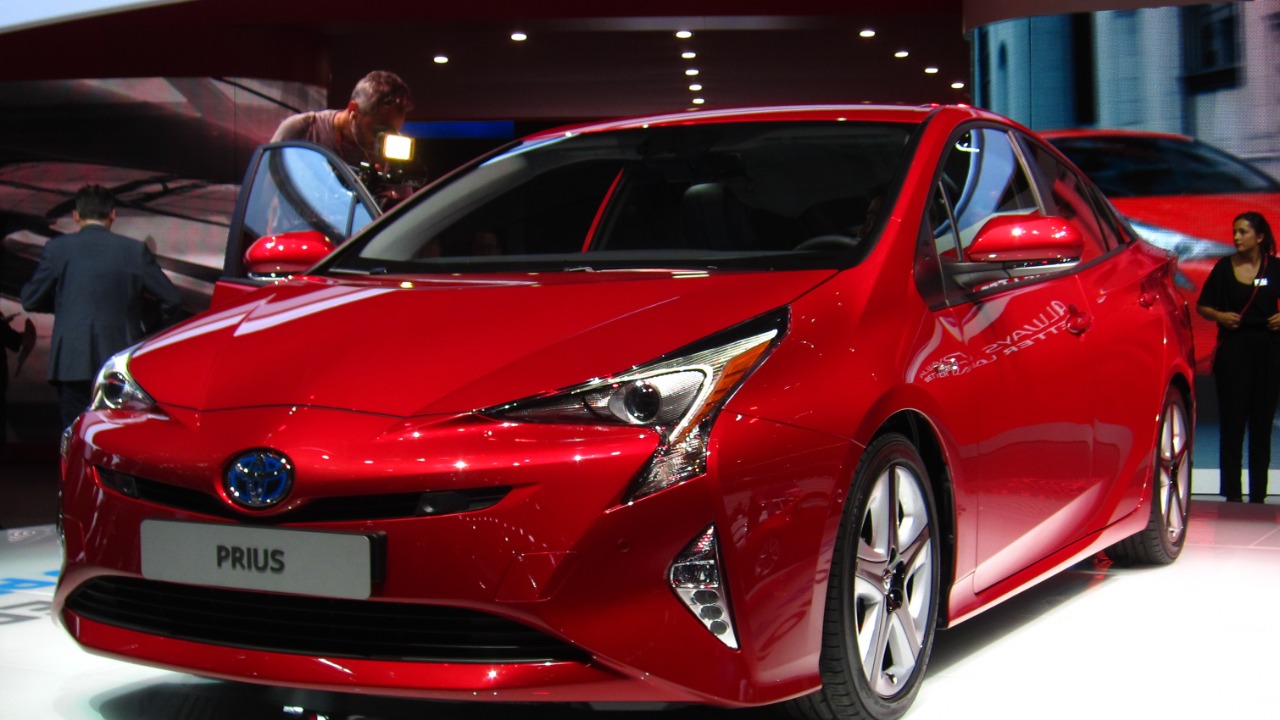
Automakers worldwide are reexamining their stance on hybrid models amidst evolving regulatory landscapes and market dynamics. This shift comes as governments reassess electric vehicle (EV) mandates and companies like Honda adjust their investment strategies. Understanding the motivations behind these changes can provide insight into the future of the automotive industry.
Shifting Regulatory Landscapes
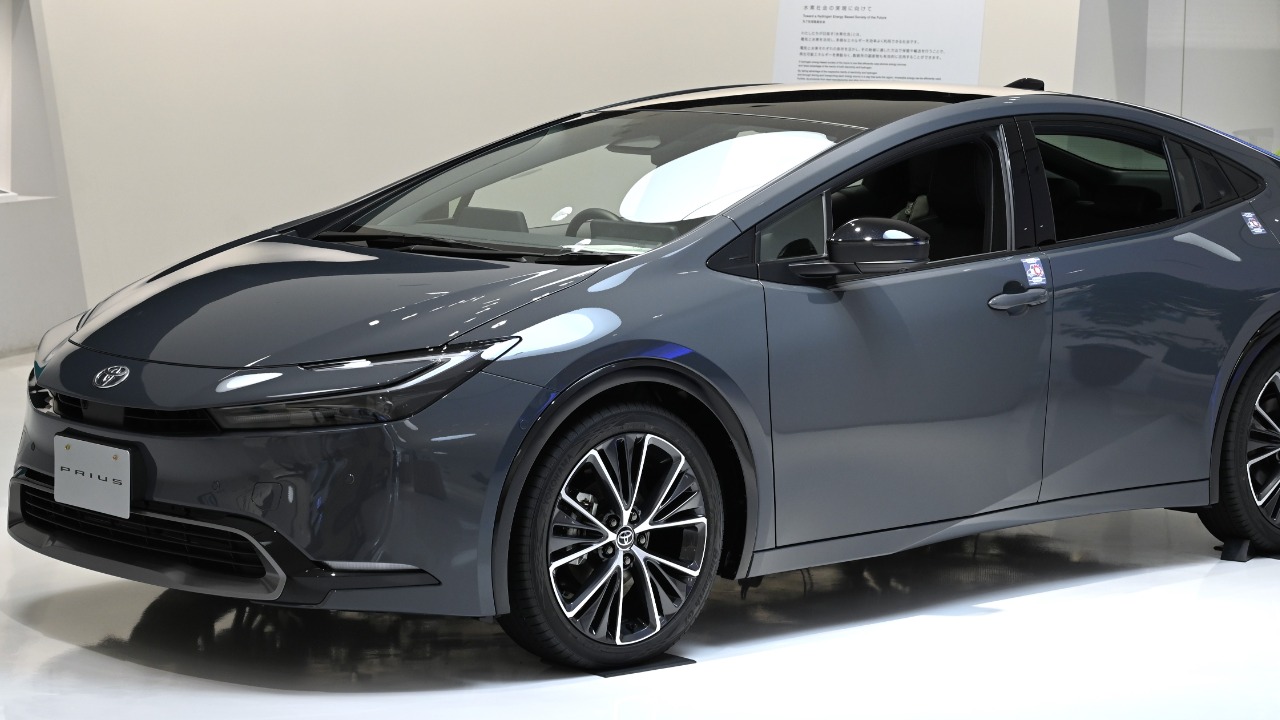
Recent government decisions have played a crucial role in prompting automakers to reconsider their approach to hybrid models. Notably, Canada has recently announced a reevaluation of its EV mandates, postponing the 2026 start date. This decision highlights the complexities and challenges governments face in setting ambitious targets for EV adoption. Automakers, in response, must adapt their strategic planning and production timelines to align with these shifting regulatory landscapes, which can significantly impact their long-term objectives.
International environmental agreements also influence automakers’ strategies, as they strive to meet emission reduction targets. These agreements create a framework that encourages the production of both hybrid and fully electric vehicles. However, the uncertainty surrounding future regulations requires automakers to remain agile, balancing investments in technology that meets both current and anticipated standards. The interplay between regulatory changes and automakers’ strategies underscores the importance of adaptability in navigating this evolving landscape.
Economic Considerations and Market Demand

Consumer preferences and market demand are critical factors influencing automakers’ decisions to invest in hybrid models. While fully electric vehicles have gained significant traction, hybrids still hold a considerable share of the market. Many consumers appreciate the flexibility and familiarity offered by hybrid models, particularly in regions where charging infrastructure may be less developed. This ongoing demand makes it economically viable for automakers to continue producing hybrids alongside their electric counterparts.
From an economic perspective, the cost-benefit analysis of choosing between hybrid and EV production involves several considerations. Investment requirements for developing new hybrid technologies can be substantial, but they often offer quicker returns compared to the longer-term investments needed for EV production. Additionally, fluctuating fuel prices and energy policies directly affect consumer choices, making hybrids an attractive option for those seeking a balance between traditional and electric propulsion.
Technological Advancements and Challenges
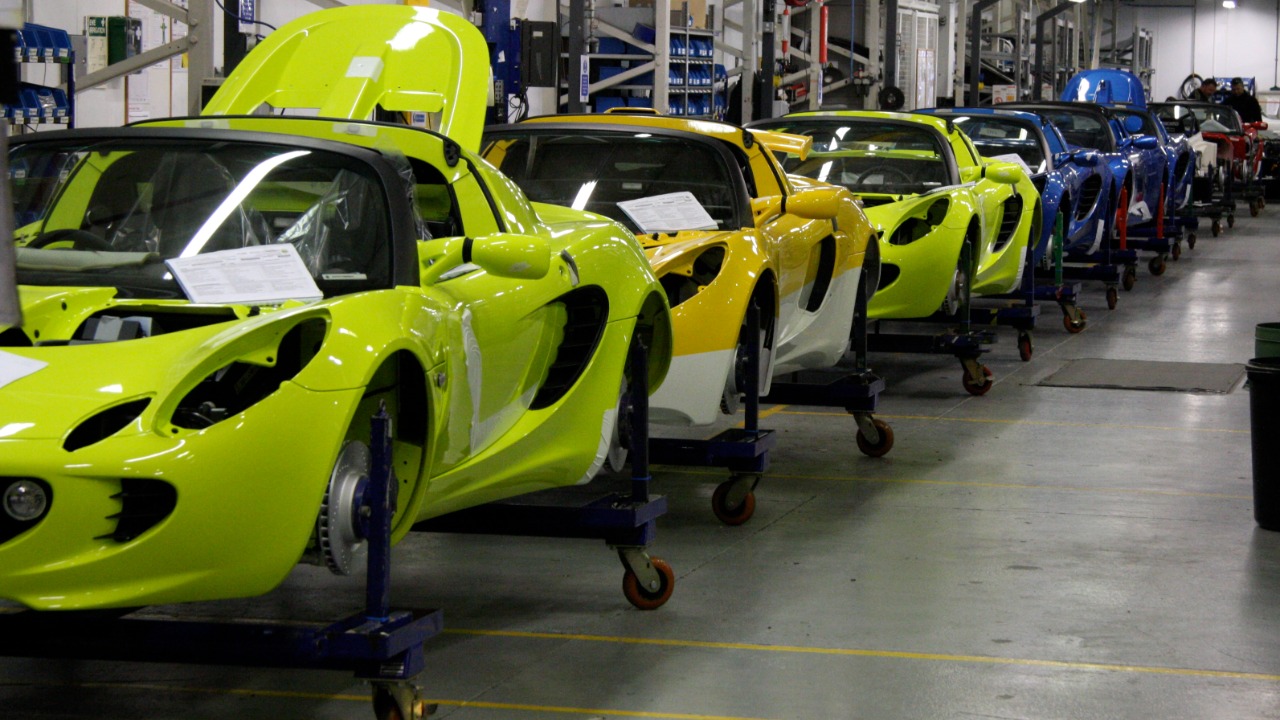
Technological innovations continue to drive improvements in hybrid vehicle design and performance. Recent advancements have focused on enhancing fuel efficiency, reducing emissions, and improving the overall driving experience. These innovations are crucial for maintaining consumer interest in hybrid models as the automotive industry moves toward electrification. However, automakers face challenges in increasing the efficiency of hybrid vehicles, particularly in terms of integrating new technologies without significantly raising production costs.
Comparing the technological hurdles faced by hybrid and EV development reveals distinct challenges. Hybrid models, for instance, require advances in both internal combustion engine efficiency and battery technology, whereas EVs primarily focus on battery innovation and charging infrastructure. While battery technology continues to evolve, the infrastructure needed to support widespread EV adoption remains in development. This ongoing challenge underscores the importance of hybrid models as a transitional technology, bridging the gap between traditional combustion engines and fully electric vehicles.
Automakers’ Strategic Shifts

Several major automakers have recently made strategic pivots in response to the changing landscape. For example, Honda has announced a reduction in its investments in EVs, reallocating resources toward hybrid models. This shift reflects a strategic decision to capitalize on the existing market demand for hybrids while managing the risks associated with the rapidly evolving EV sector. By focusing on hybrids, Honda aims to leverage its technological expertise and maintain competitiveness in a market where consumer preferences are still diverse.
These strategic shifts align with automakers’ long-term sustainability goals and corporate responsibility initiatives. By investing in hybrid technology, companies can continue to reduce emissions and improve fuel efficiency while preparing for a future that may be dominated by fully electric vehicles. Additionally, the focus on hybrids can provide competitive advantages, particularly in markets where infrastructure and regulatory support for EVs are still developing. As such, automakers must carefully balance their portfolios, ensuring they remain agile and responsive to industry changes.
Future Outlook for Hybrids in the Automotive Industry
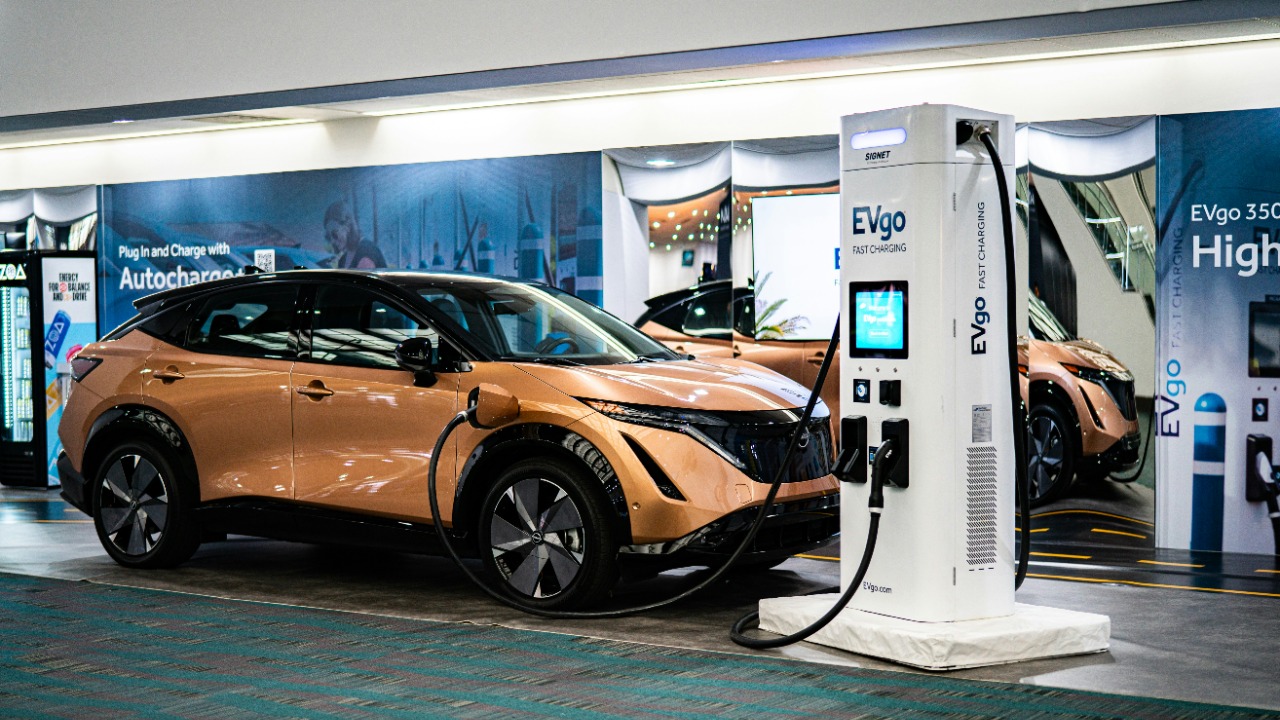
The future role of hybrids in the automotive industry remains a topic of considerable debate. As technological and regulatory landscapes continue to evolve, hybrids are likely to maintain their position as a viable option for consumers seeking a balance between traditional and electric propulsion. The potential for new markets and growth opportunities is significant, particularly in regions where fully electric vehicles may face barriers to adoption due to infrastructure limitations or cost concerns.
In considering the long-term environmental impacts, hybrid models offer a transitional solution that aligns with broader sustainability objectives. While fully electric vehicles represent the ultimate goal for reducing emissions, hybrids provide a more immediate option for consumers looking to reduce their carbon footprint without fully committing to an electric vehicle. As the automotive industry continues to innovate, the role of hybrids is likely to evolve, adapting to new technologies and consumer preferences.
Implications for Consumers
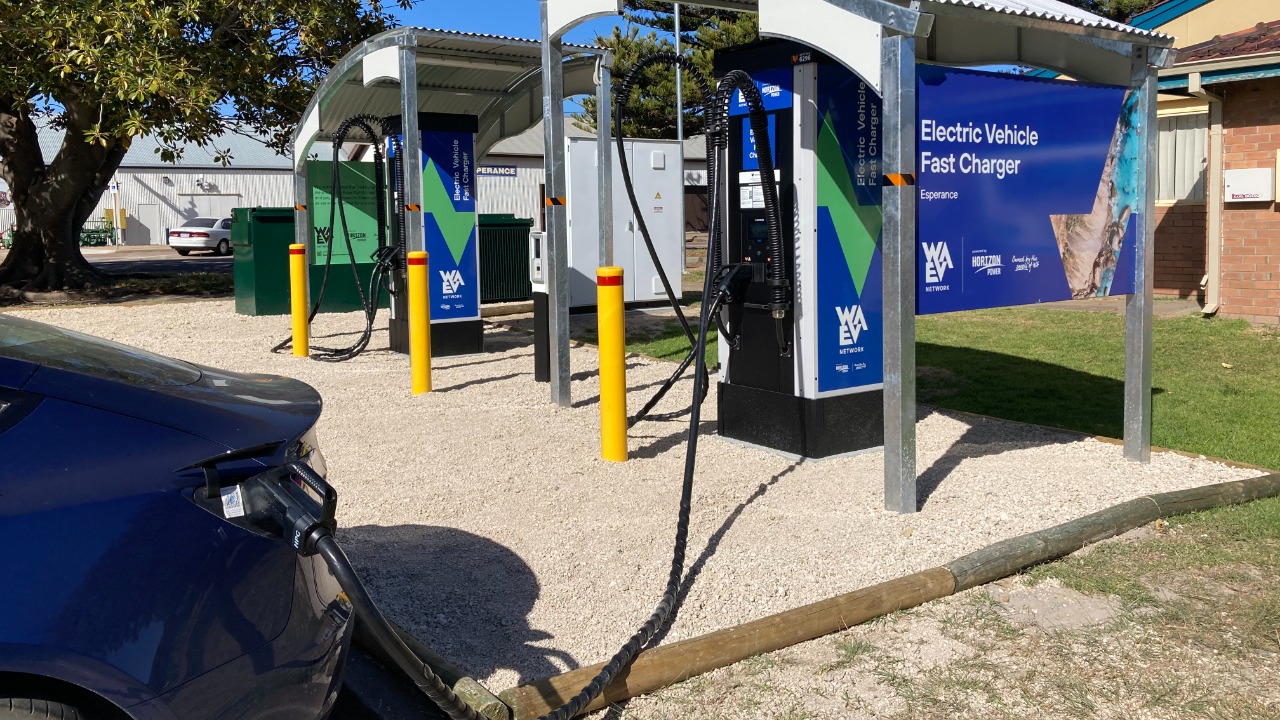
The evolving role of hybrids affects consumers in varied ways. Those considering hybrids benefit from strong market availability, with brands like Toyota and Kia expanding hybrid lineups. However, consumers in regions with limited charging infrastructure may face challenges transitioning to EVs. Government incentives, such as U.S. tax credits for hybrids and EVs, can offset costs, but these vary by region. As EV production scales, prices may drop, making them more accessible, though challenges like home charging setup remain.